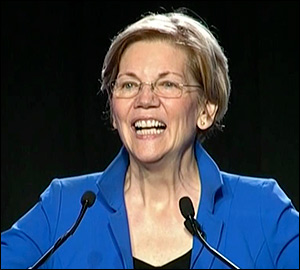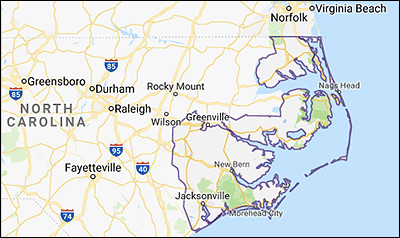By Jim Ellis

Democrat Sen. Kamala Harris of California; dropping back in polls
In fact, just like in the rest of the country, Sen. Harris has fallen into single digits within her own California Democratic Party electorate, the very voting base that should be propelling her into the top tier. The Emerson result is Harris’ worst showing by far in California. Recording just six percent support, she drops even behind New York City businessman Andrew Yang who posted seven percent preference.
The Emerson survey was conducted directly after the televised Democratic presidential forum from Houston last week, and the California data confirms that Sen. Harris, in need of a homerun in that national forum to reverse her campaign’s downward trends, clearly did not succeed. In actuality, her poor debate performance has annotated that she should no longer be considered a first-tier candidate.
Of equivalent interest is an impending virtual three-way tie at the top for this state’s 416 first-ballot votes, a number making California the largest delegation at the upcoming Democratic National Convention scheduled for July 13-16 in Milwaukee.
According to the Emerson results, former Vice President Joe Biden and Sen. Bernie Sanders (I-VT) would tie at 26 percent while Sen. Elizabeth Warren (D-MA) would post 20 percent preference. With these three individuals splitting the delegate base, Biden and Sanders would each come away with approximately 150 delegate votes (if the 53 congressional districts broke in line with the statewide total; Democrats award delegates based upon statewide performance and within each individual congressional district), and Sen. Warren would record 116 bound convention delegate votes.
But the Capitol Weekly organization, running their monthly tracking poll of a Democratic segment (616) from an aggregate pool of 5,510 California voters, sees the former vice president having a bad month. In their September track, which covered the period of Sept. 1-13, Biden scored only 18 percent support as compared to Sen. Warren’s 33 percent and Sen. Sanders’ 17 percent. In this poll, Sen. Harris reaches a respectable double digit support figure at 18 percent.


 By Jim Ellis
By Jim Ellis


 Looking at the polls’ aggregate totals, it appears the contest is already gelling into a three-way race that could meld into a free-for-all should this particular YouGov polling trend translate into actual results.
Looking at the polls’ aggregate totals, it appears the contest is already gelling into a three-way race that could meld into a free-for-all should this particular YouGov polling trend translate into actual results.